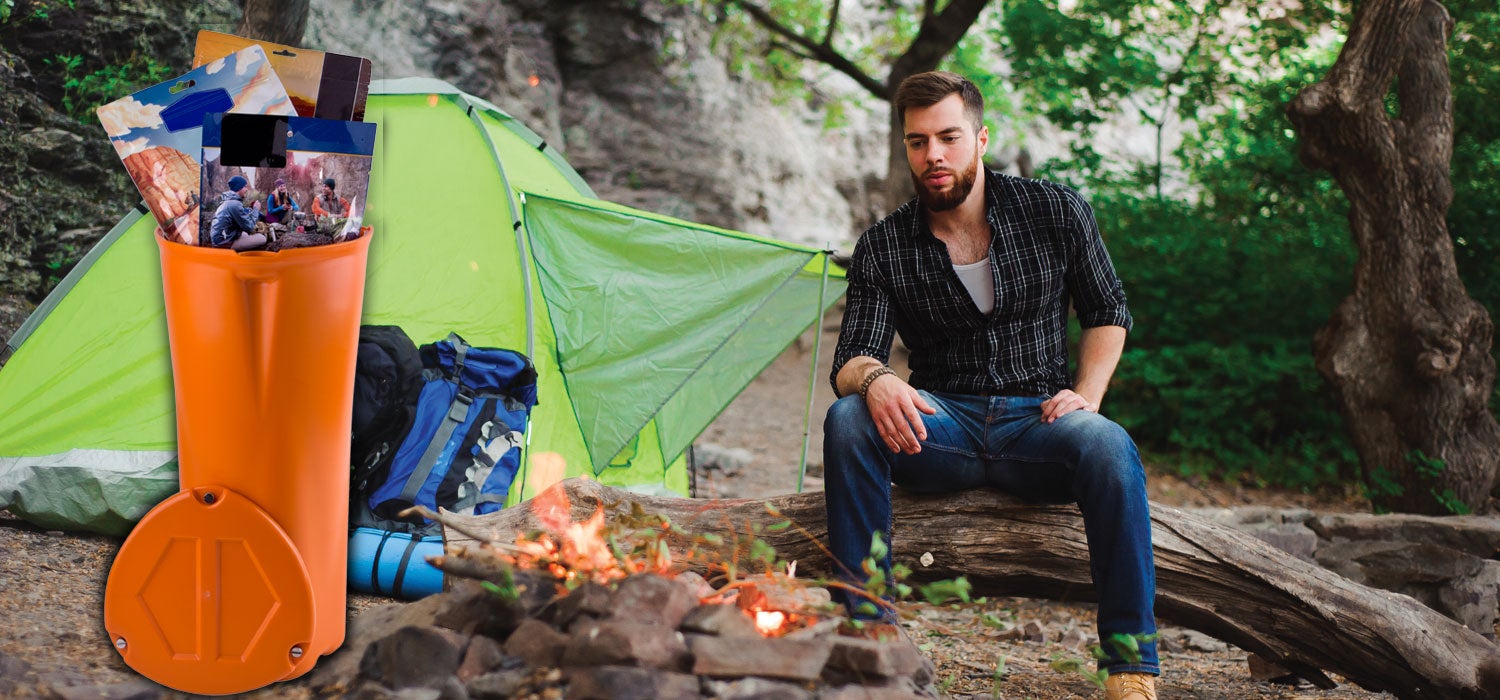How to Pack a Bear Canister

Efficiency of space and weight is a given when it comes to packing for a backpacking trip. Bear canisters, required in some parks and wilderness areas, don’t have to be a wrench thrown into your pre-trip logistical puzzle. Not only will they help keep you and your food and toiletries safe from curious bruins, a well-organized personal food locker can mean a more efficient fresh air dining experience.
Some new canisters, like SABRE’s Frontiersman INSIDER Bear Safe (with a standard 11.86 liters of storage ideal for multiday hikes and families), are designed to be easier to pack and more comfortable to carry. SABRE’s new product boasts a tall, slim shape that allows for equal load distribution and fits easily in your pack.
Regardless of the canister you choose, pack efficiently with these tips.
Plan your meals.
It may be hard to know exactly what you’ll want to eat after a long day on your feet, but when space is at a premium, it’s essential to decide before you go. To simplify the cooking process, pack food in the bear canister in the order of consumption (i.e. put what you plan to eat first on top so you don’t have to dig for breakfast). Be sure to include high calorie foods: think dried apples over fresh, nuts, hard cheese, cured meats, powdered milk, and oatmeal. Ration ahead of time to keep each day’s meals separate. Collect packets of salt and pepper, honey, soy sauce, ketchup and mustard when you go out to eat for mess-free flavor enhancers. Fix only what you’ll eat, so as not to have to pack out leftovers.
Make packaging purposeful.
The last thing you want to take up precious space in your bear canister is excess packaging. Get rid of all that you can, repackage food into re-sealable bags and smaller, soft-sided containers, and poke holes in any packaging that may expand due to changes in elevation. A re-sealable bag used for food can be reused to hold trash once it’s empty.
Practice packing ahead of time.
Before you get to the trailhead, practice packing your food and toiletries while being mindful of room for trash. “Test to make sure everything fits in your bear canister and in your backpack. You definitely want to be making those adjustments before you get to the trailhead,” says Lauren Alley, who is the Management Assistant at Glacier National Park. Keep in mind you may need to pack tortillas around other food, crush chips so they take up less space, and save bulky foods like fresh mangoes and bread for when you get home.